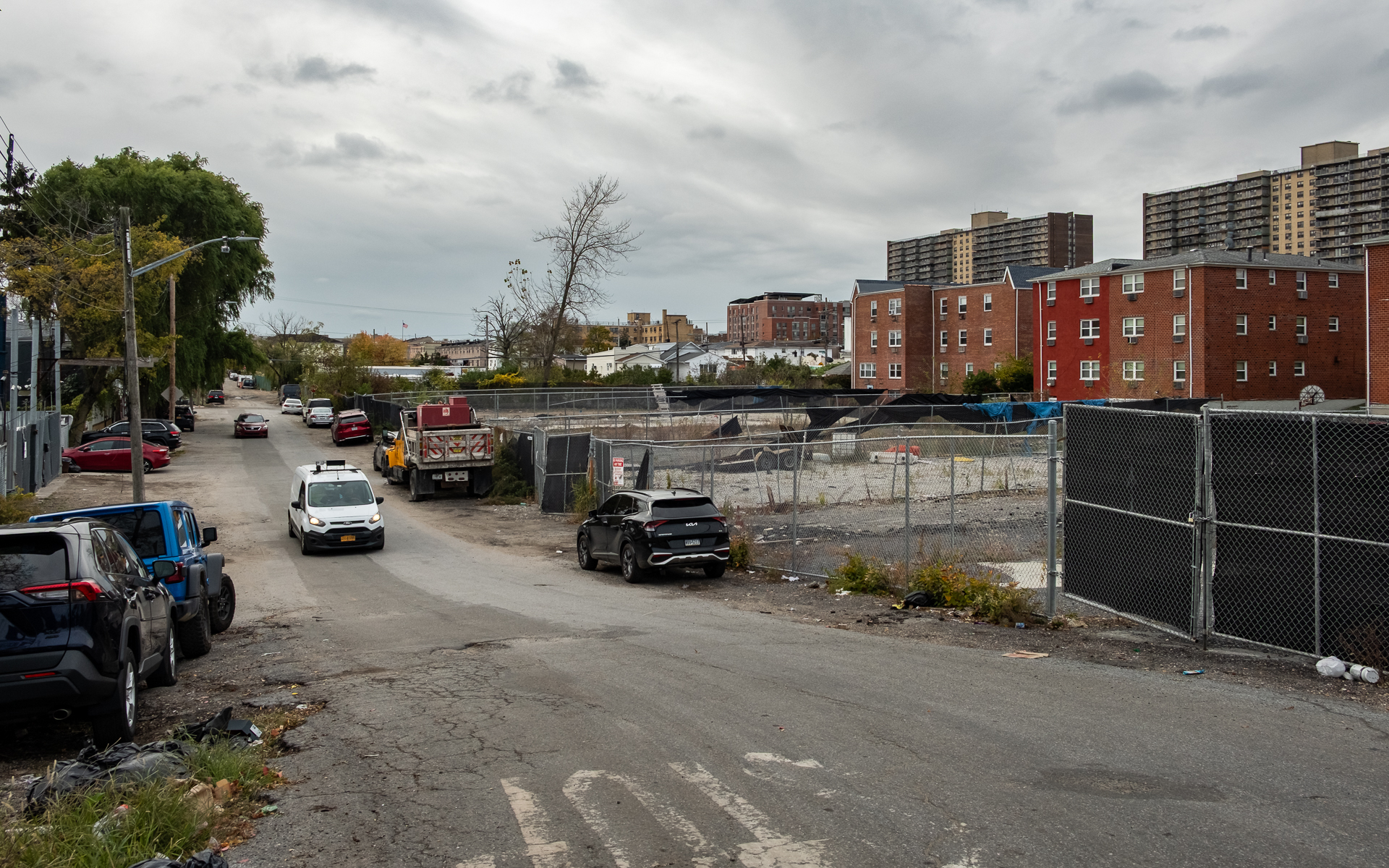
"When you walk south down Ruby Street, from Conduit Boulevard to Linden Boulevard in the easternmost bit of Brooklyn, you descend 10 feet. That 12-block depression that straddles the Brooklyn-Queens border has been infamously dubbed "The Hole" because it sits below the other land around it-and it's not connected to the city's sewer system. Every time it rains, the streets flood. And so do the homes of the neighborhood residents."
"The $146 million project will build sewers, add a chain of ponds for rainwater to flow to Jamaica Bay, and unlock the development of as many as 5,000 units of housing. The proposal finally has momentum after community groups pushed the city's Department of Environmental Protection, Housing Preservation and Development, and local councilmembers to take action. "For far too long, this community has gone without basic infrastructure, fending for themselves in the face of constant flooding, faulty septic systems, and rampant illegal dumping."
Ruby Street descends 10 feet between Conduit Boulevard and Linden Boulevard into a 12-block depression that straddles the Brooklyn-Queens border. The area, dubbed "The Hole", sits below surrounding land and is not connected to the city's sewer system. Streets flood during rains and residents experience basement inundation and faulty septic systems. Vacant lots host illegal industrial activity and rampant dumping, while quieter moments evoke rural character. A $146 million initiative would build sewers, establish a chain of ponds to route rainwater to Jamaica Bay, and unlock development potential for up to 5,000 housing units after community advocacy spurred agency action.
Read at City Limits
Unable to calculate read time
Collection
[
|
...
]